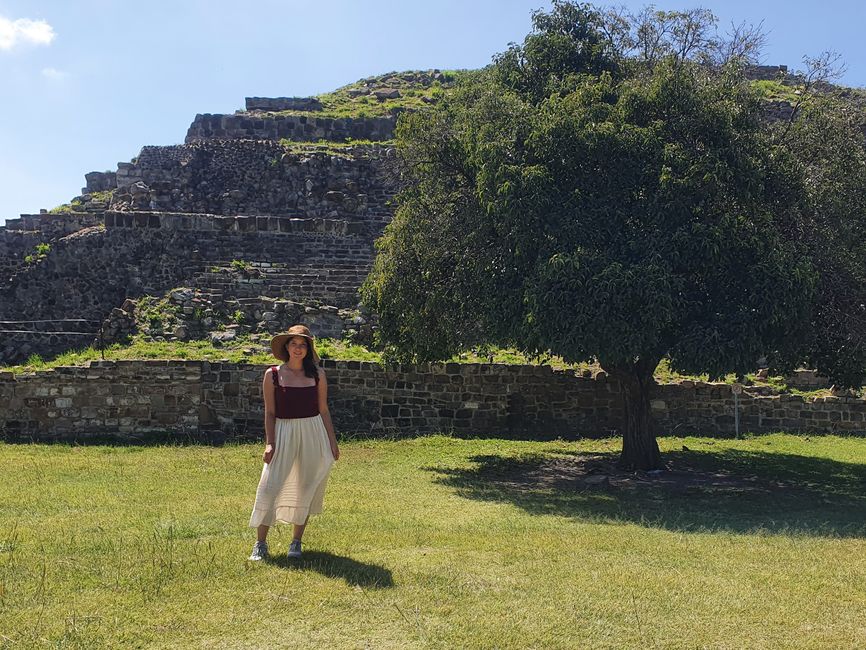
Green-White-Red
vakantio.de/discovering-sustainabilty-in-mexico
Fiesta in honor of San Jerónimo
Ku kandziyisiwile: 23.10.2022
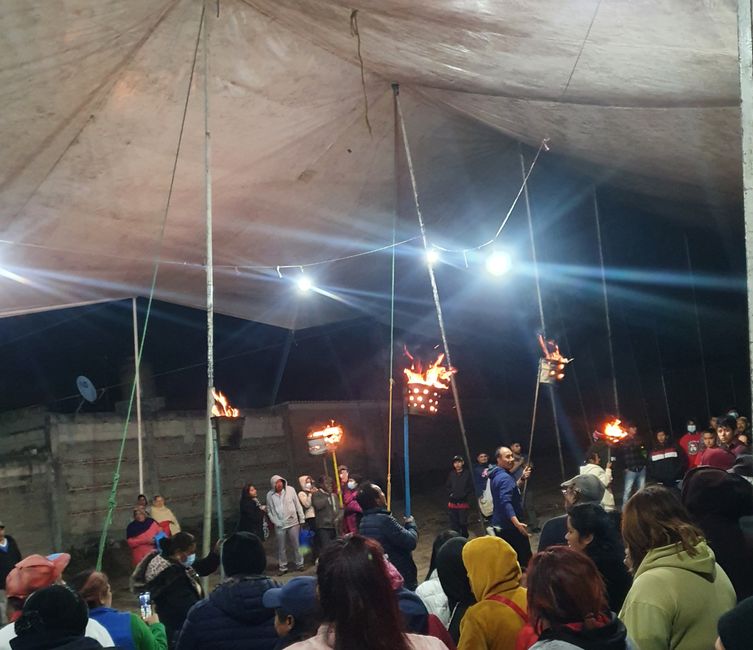
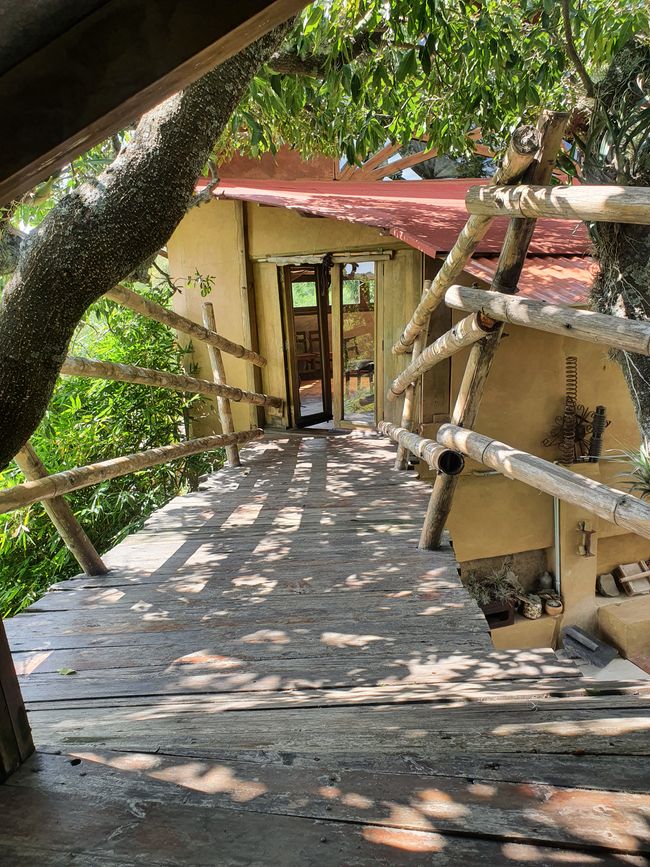
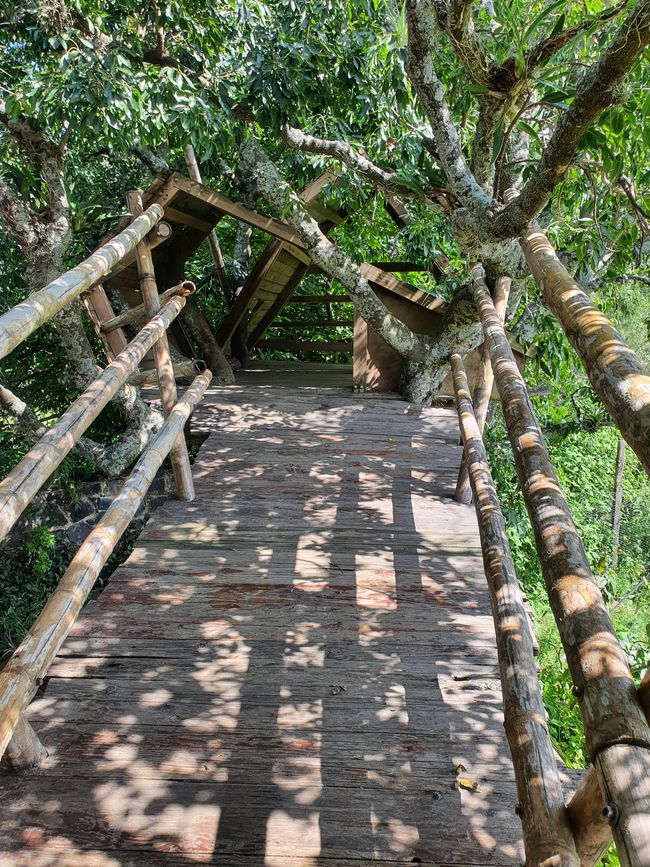
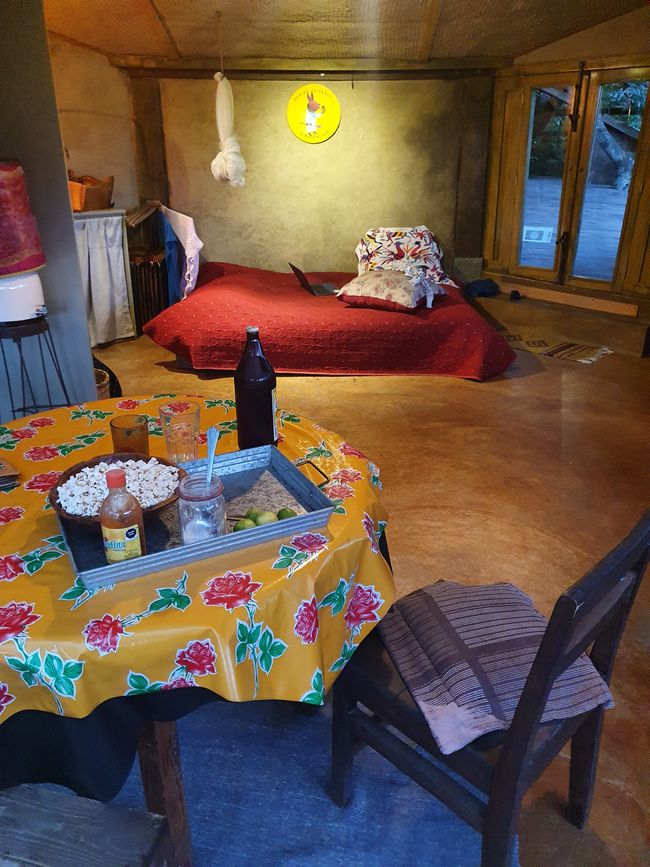
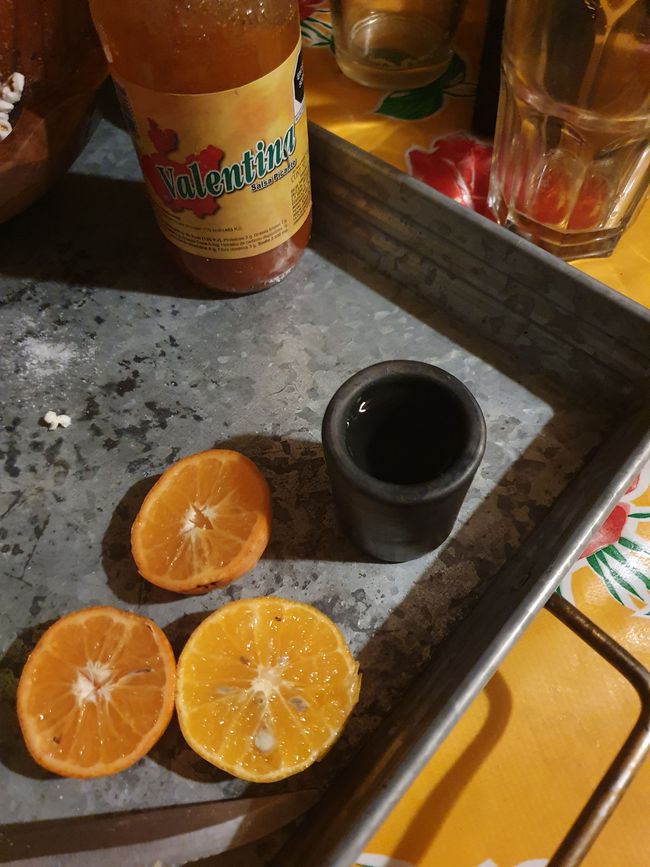
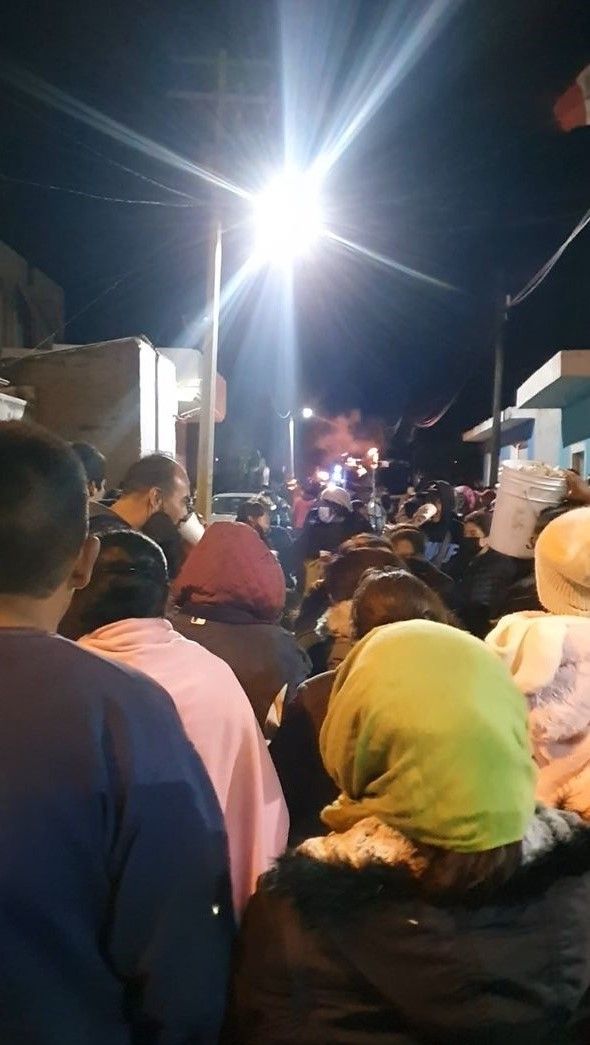
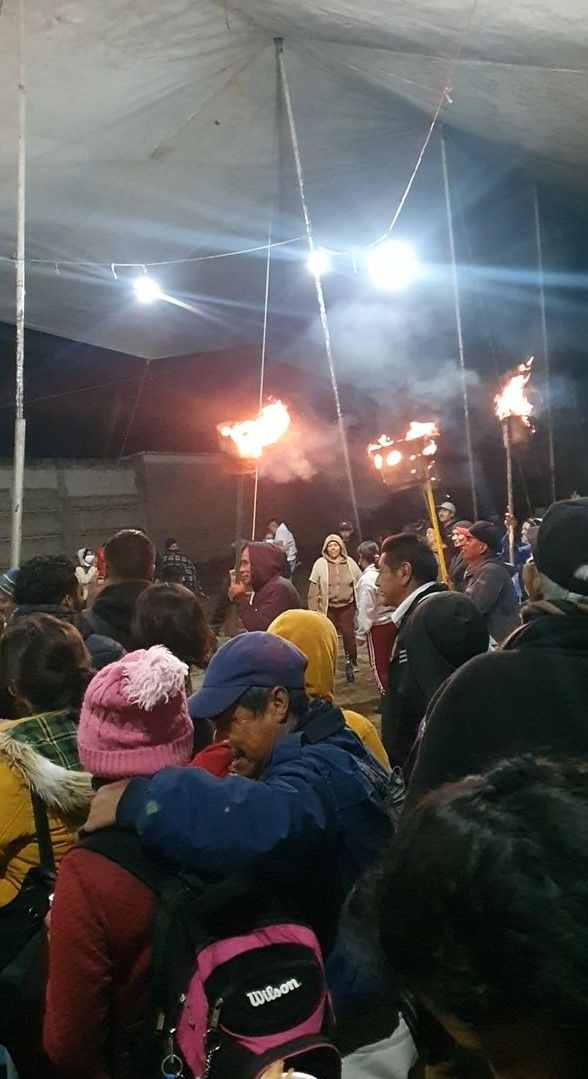
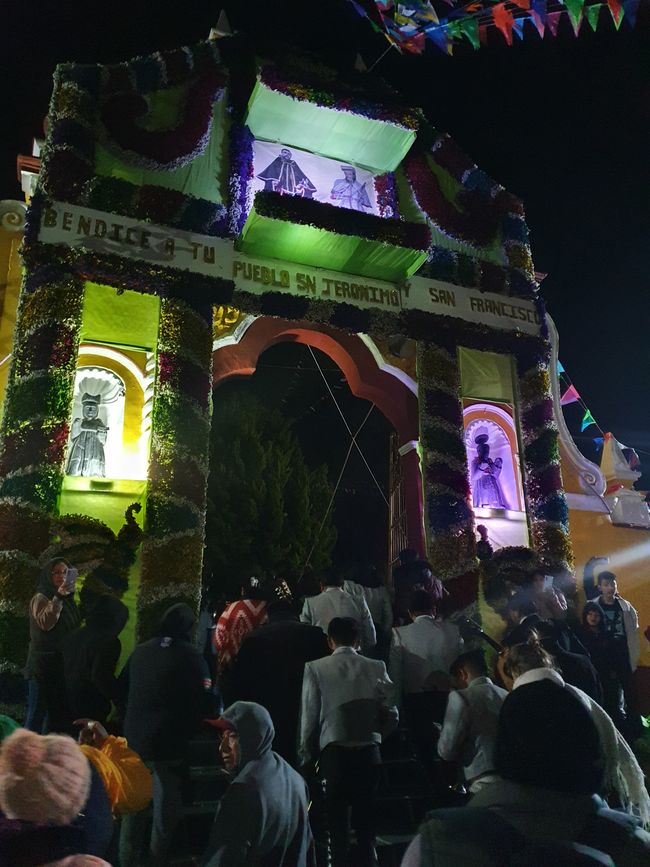
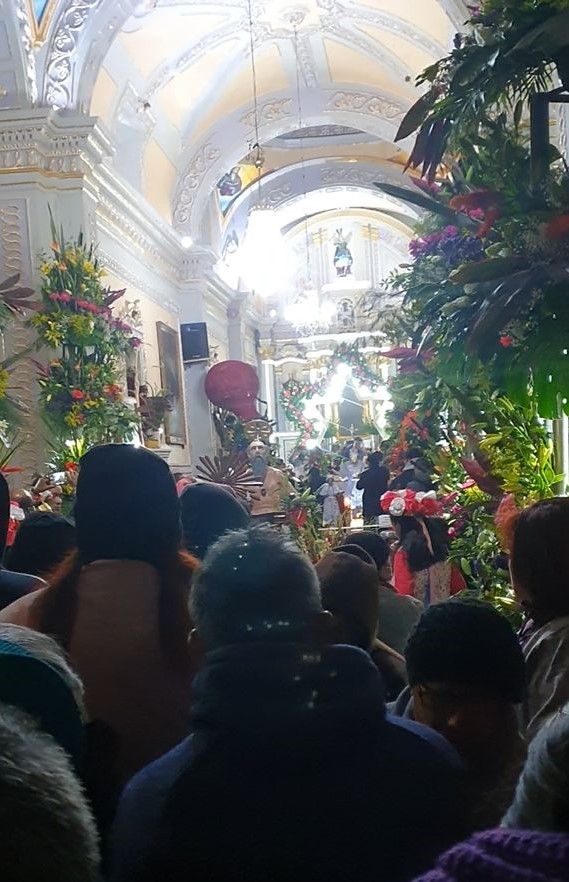
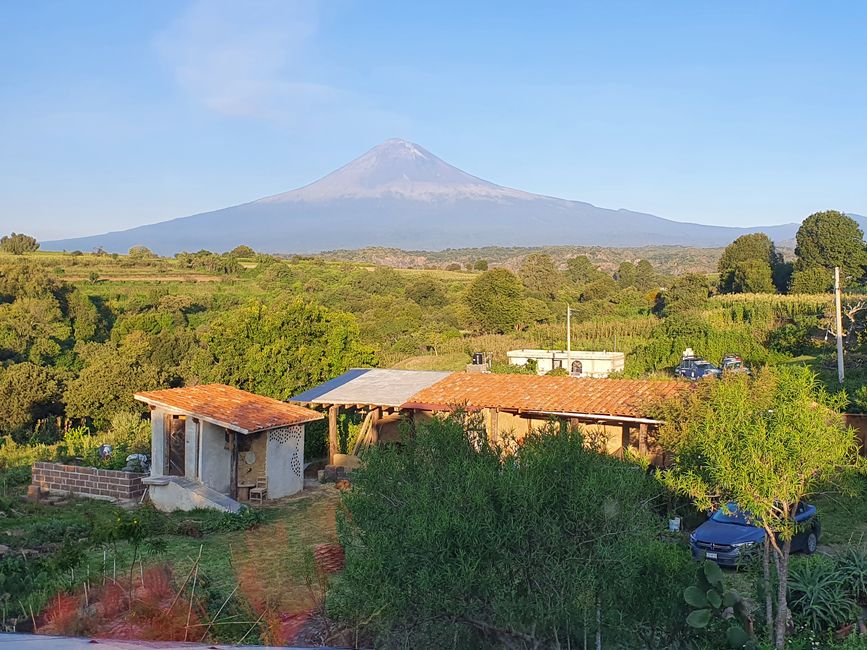
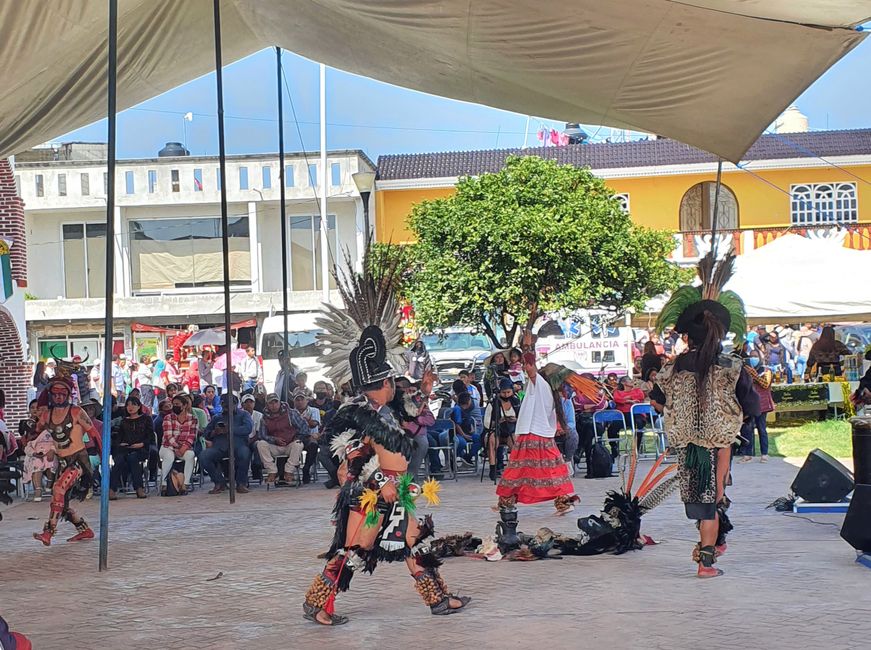
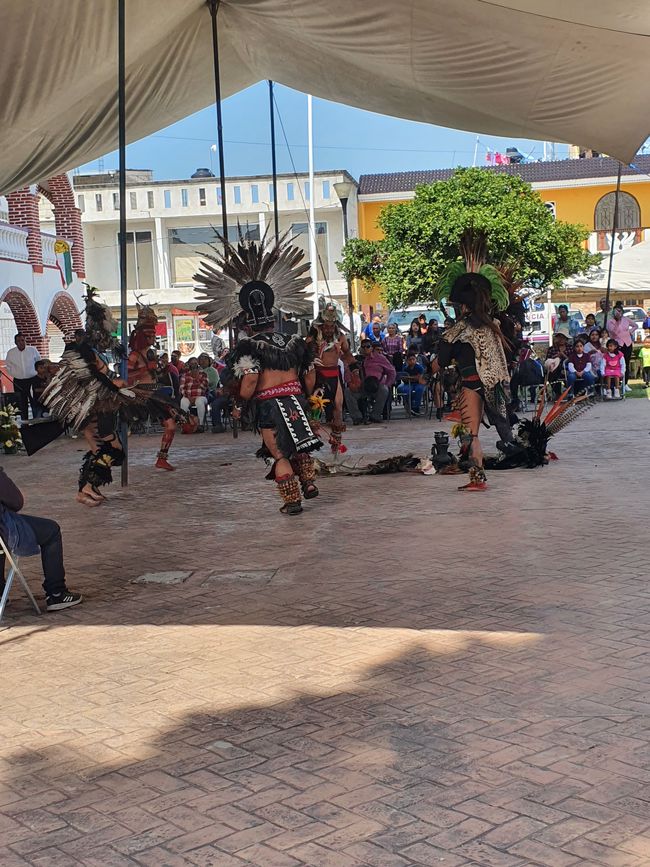
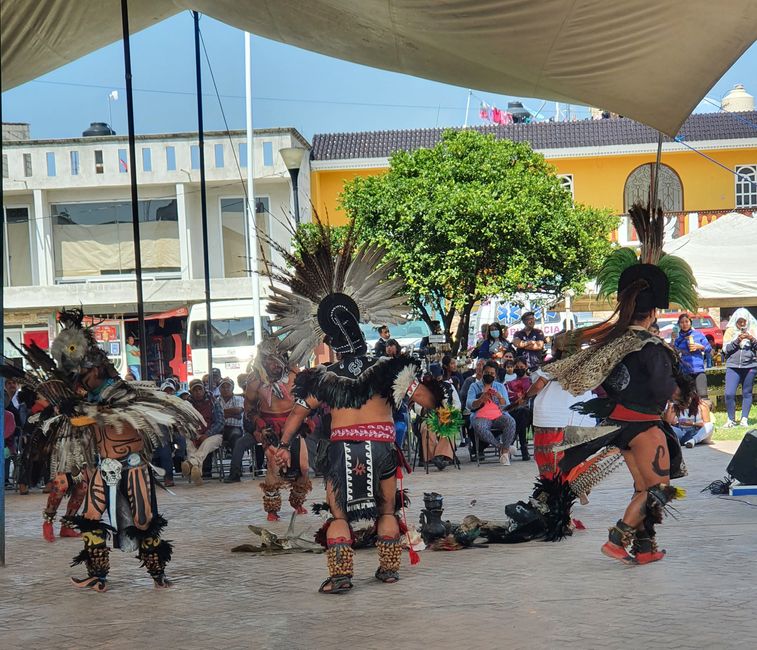
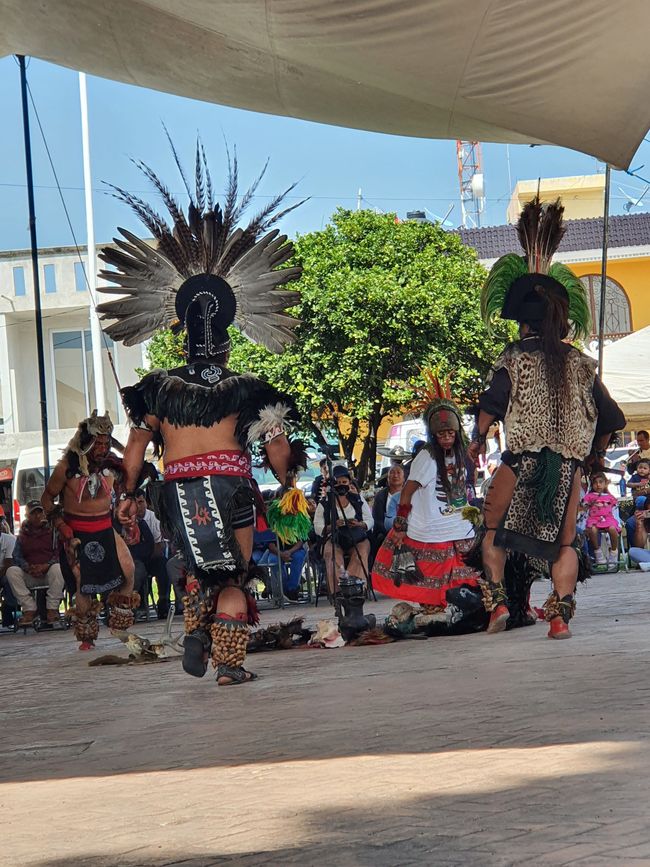
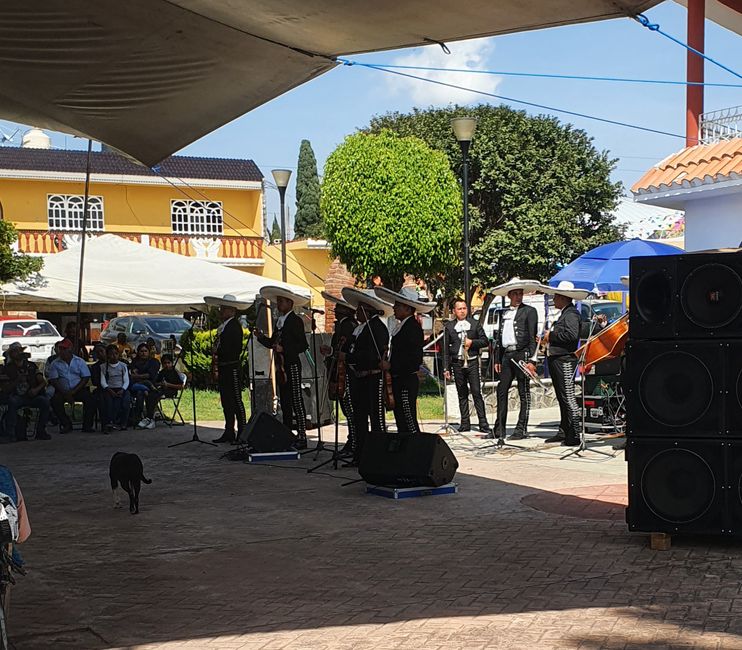
Tsarisa eka Xiphephana xa Mahungu
Hello everyone! I finally have some time to write here.
It's been a while, but I still wanted to tell you about it: I had the opportunity to witness two traditional festivals in the last 3 weeks, which were very beautiful and interesting experiences. One of them was a festival in honor of San Jerónimo, the namesake of the village where I work. On September 29th and 30th, the whole village of 'San Jerónimo' celebrated. The celebration takes place on September 30th every year, as this is the anniversary of San Jerónimo's death. Here in Mexico, it is customary for villages to commemorate their namesake with a grand fiesta once a year. On the eve of the festival, the villagers gather for a procession, dances, music, food, and of course, (alcoholic) drinks.
As a little interesting side note: The village name San Jerónimo Tecuanipan is composed of two different parts. The first part of the name is derived from the Christianity of the Spaniards, 'San Jerónimo'. San Jerónimo is known here in Europe as Hieronymous and was a doctor of the Church and saint of various Christian denominations. The second part of the village name comes from the Nahuatl language. Nahuatl is an Aztec language and the most widely spoken indigenous language in Mexico. 'Tecuanipan' means 'where there are wolves and wild animals'. 'Tecuani' is translated as 'wolf' and 'wild', and 'pan' is a preposition meaning 'in' or 'on'. The names of many villages here are composed of a Christian and a native name.
Now let's talk about the festival: So that Susy, a friend of hers who also volunteers with us once a week, and I could experience the festival on the eve, Manuel and Ina invited us to stay in their AirBnB for a night, which was a really sweet gesture for me. Manuel was unfortunately not in the village that evening, but the three of us girls started the evening with Ina and my first Mezcal in Mexico (a quite strong Mexican alcohol similar to Tequila). After exchanging some 'chisme' (which means 'gossip' here), we headed to the village a little later than planned to join the festival of the villagers. When we arrived at the festival grounds, we were immediately offered non-alcoholic punch, which was free for all visitors. And Tamales were also distributed to everyone for free. Tamale is a Central American dish. It is made from corn dough that is filled with meat, cheese, or vegetables and then wrapped in plant leaves, usually corn leaves, and steamed. There are also sweet variations, which I tried that evening.
Shortly after our arrival, we also saw the procession from a distance. And some people in the middle of the procession carrying a basket with fire on a 'stick'. They then gathered in a large circle on the festival grounds, and within this circle, people started dancing with the burning buckets. Unfortunately, I cannot upload videos here, but I can show you some photos at least. The music was performed by a live band that played various instruments and sang.
The question I asked myself was: What is the meaning of these dances? Why do they dance with fire in buckets on a stick?
The dance has been practiced for decades. The background: On festive days, a lot of meat is always prepared here, which used to attract wild animals. People started lighting fire in buckets as torches to keep the wild animals away. So it is a very old tradition that has survived to this day. And the villagers have a lot of fun dancing and celebrating with the burning buckets, as I could see with joy.
After the dances, there was a procession with the torches and an altar in honor of San Jerónimo to the festively decorated church of the village. Our evening ended around 12:30 am there, and we went back to the Casita de Barro. On the way, we treated ourselves to some 'Esquites', a street food from Mexico. Esquites are served on the street in a cup and consist of roasted corn, which is prepared with butter, cheese, cream, lemon, chili powder, and mayonnaise. Especially the additional mayonnaise makes the little snack quite greasy and rich. But since Esquites are served warm, they are a good way to warm up a little in between.
After the night in the AirBnB, with a beautiful view of the volcano in the morning, we went to work as usual. But around 12 pm, we all, together with the students doing their Social Service at Casita de Barro, went to the village center to experience the festivities of the day. There were many food stalls and some small rides set up in the village, and various groups presented dances or music on the main square. We first saw a group performing a traditional Aztec dance or ceremony, followed by the Mariatschis with their cheerful music and fancy suits and hats. While the Aztec group performed their dance and spoke about the connection to Mother Earth and life, we could see another procession to the Catholic church in the background. Manuel next to me said that he hadn't seen this in over 15 years: in front of us, the religion of the indigenous people is practiced, and behind them, people march to the church who adhere to the Christianity of the immigrated Spaniards. A juxtaposition of tradition, religion, and faith that is not often encountered. Colorful Mexico.
The celebration lasted the whole day, but we only witnessed a small part of it. Ina told us that in the evening, all the families in the village open their homes to each other and eat and celebrate together. No matter which house, you were warmly welcome and could enter freely. Such openness and hospitality. I didn't witness this anymore, but I was also glad to drive home in daylight in the afternoon and be able to rest a little. In any case, I was very happy to be able to attend these festivities thanks to Ina and Manuel's invitation and got a great insight into Mexican culture.
This was a brief glimpse into my experiences with 'San Jerónimo'. In future entries, I will tell you a little more about the second festival that I witnessed last weekend, and of course, a little more about my work here.
Warm greetings to Germany
Sandy
Tsarisa eka Xiphephana xa Mahungu
Nhlamulo
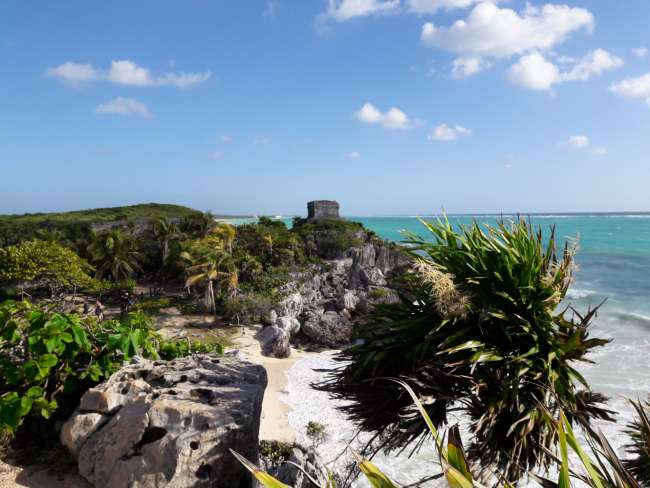
Swiviko swa maendzo Mexico
